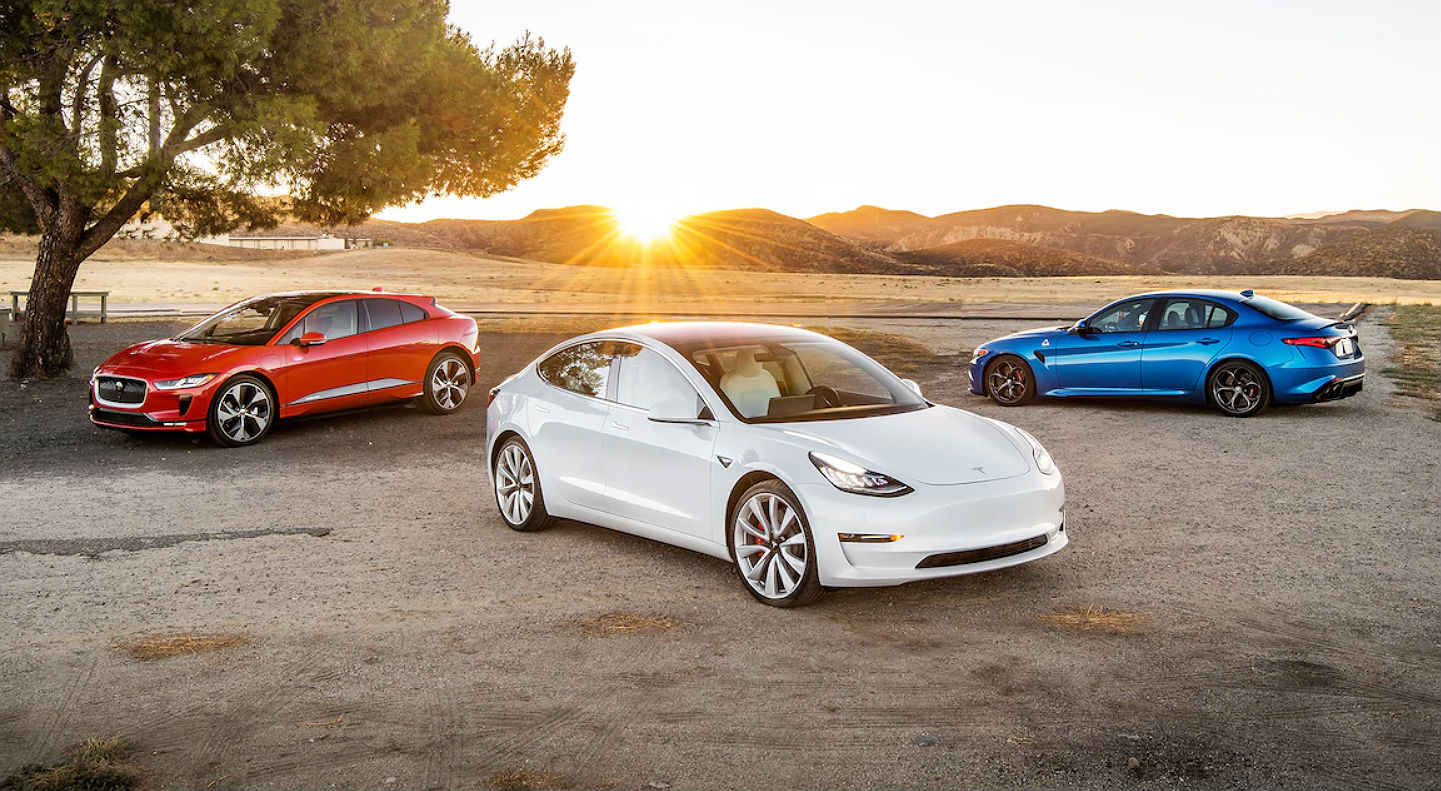
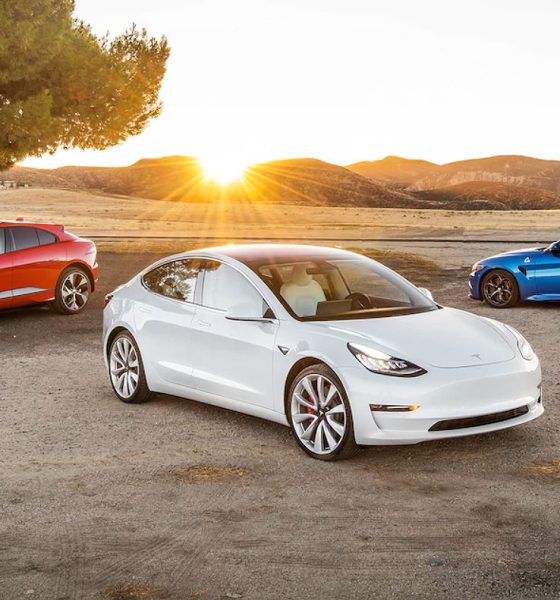
News
Tesla Model 3 with ‘Track Mode’ squares off against Jaguar I-PACE and MotorTrend’s top rated sports sedan
While the Model S and the Model X are monsters on the drag strip, the premium electric cars have developed a reputation for being ineffective during extended track driving. Tesla aims to shatter this perception with the Model 3 Performance, as the vehicle is designed to be the first of the company’s electric cars that is competitive on the racecourse. Tesla is even preparing a specific and aptly-named mode for the vehicle to achieve this goal — “Track Mode.”
The Tesla Model 3 Performance has been getting universally positive reviews from numerous publications, from the Wall Street Journal to Car & Driver. Reviewers have praised the vehicle for its handling and quickness, as well as its sheer fun factor when driven hard. Auto publication Road & Track even sampled the Model 3 Performance’s upcoming “Track Mode” feature, which allows the vehicle to perform impressive high-speed maneuvers on a racecourse.
Tesla’s Track Mode for the Model 3 Performance was recently put to the test by auto publication MotorTrend, which held comparative tests pitting the electric sedan against the Alfa Romeo Giulia Quadrifoglio, as well as another all-electric car, the Jaguar I-PACE EV400. The tests, which involved track testing all three vehicles by veteran race driver Randy Franklin Pobst, allowed the publication to analyze how the Model 3 Performance stacks up against a fellow track-capable EV and the best fossil fuel-powered sports sedan available today.
Needless to say, the results of the tests were very compelling.
It was easy to determine that among the three, the Jaguar I-PACE EV400 was at a disadvantage, particularly due to its 4,946-pound mass and its substantial ride height. The I-PACE’s electric motors, which produce a combined 394 horsepower, are also 22% less than the Giulia Quadrifoglio. These disadvantages were evident when the veteran driver took the electric crossover around the “Streets” of Willow Springs International Raceway in CA, as the I-PACE took 1:27.00 to complete a lap.
The difference between the track capabilities of the Model 3 Performance and the Alfa Romeo Giulia Quadrifoglio was far more difficult to call. With Track Mode enabled, the Model 3 Performance set a new record for production electric cars on the racecourse, completing the run at 1:23.90. That’s 0.07 seconds faster than one of Ford’s best track vehicles, the Mustang GT Performance Pack 2. That said, Pobst, who was driving the Model 3 Performance, noted that the vehicle was easy to understeer, and that “there’s something weird happening when I lift off the brake.” The sensation that the race driver was referring to was the Model 3 Performance’s regenerative braking, which is emphasized even more when Track Mode is enabled.
True to its reputation as the best sports sedan in the market today, the Alfa Romeo Giulia Quadrifoglio completed the lap in 1:22.78, 1.12 seconds faster than the Model 3 Performance. Pobst noted that the turbocharged V6-powered vehicle “does exactly what you expect. No surprises. Always predictable.” After two sets of hard laps, though, half of the Alfa Romeo’s Pirelli P Zero Corsa AR Asimmetrico front tires were all but gone. The Model 3 Performance’s Michelin Pilot Sport 4S tires, on the other hand, were at worst scuffed. A Tesla engineer remarked to the publication that the Model 3 Performance could match the Giulia Quadrifoglio’s time if they were willing to compromise the vehicle’s tires as well.
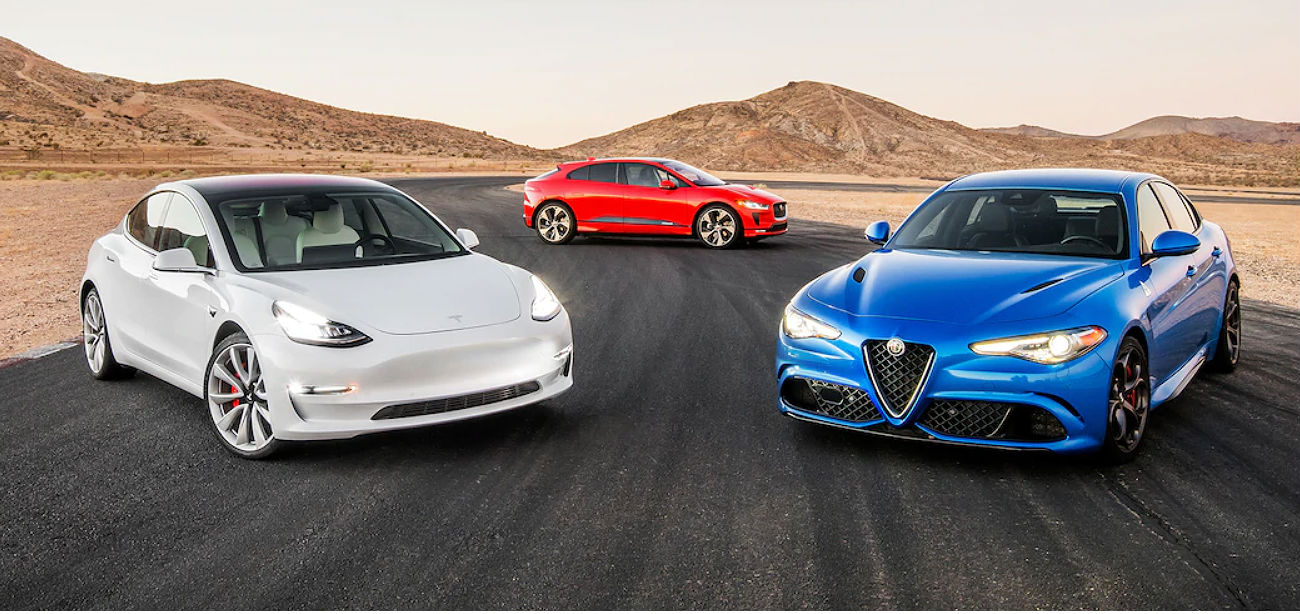
Ultimately, MotorTrend‘s track tests show that the Model 3 Performance, at its current state, is still not quite enough to topple the auto market’s best sports sedan. That said, Track Mode, despite being a work in progress, is a very strong baseline. The publication noted that for now, it would be wise to look at Tesla’s Track Mode for the Model 3 Performance as Version 1.0 of the feature. Once Version 2.0 is ready, then vehicles such as the Alfa Romeo Giulia Quadrifoglio would also be wise to fear Tesla’s first track-capable vehicle.
Even without Track Mode, the Tesla Model 3 Performance is already starting to win over veteran auto enthusiasts, including longtime enthusiasts of legacy carmakers like BMW. Moshen Chan, an indie app developer who has been a BMW fan for ~20 years, noted that Tesla’s electric car “absolutely outperforms anything BMW has to offer today.”
The Model 3 Performance’s Track Mode is one of the electric sedan’s most compelling features. Describing the feature in an interview with YouTube tech host Marques Brownlee, Musk likened Track Mode as an “Expert User Mode” for drivers.
“Track Mode will open up a lot of settings. You can adjust settings, and it’s kinda like an ‘Expert User Mode.’ You can sort of adjust traction control, adjust battery temperature. You can basically configure a bunch of things, and it will tell you, like ‘Hey, you know if you do this, it’s a bit risky. You’re gonna wear out your brakes sooner; you might blow a circuit.’ But like, it’ll be clear — like, you know, this is the risk you’re taking. It’s kinda like if you have a graphics card in a computer. You can go in there and change the settings, and you can overclock things,” Musk said.

Elon Musk
SpaceX maintains unbelievable Starship target despite Booster 18 incident
It appears that it will take more than an anomaly to stop SpaceX’s march towards Starship V3’s refinement.
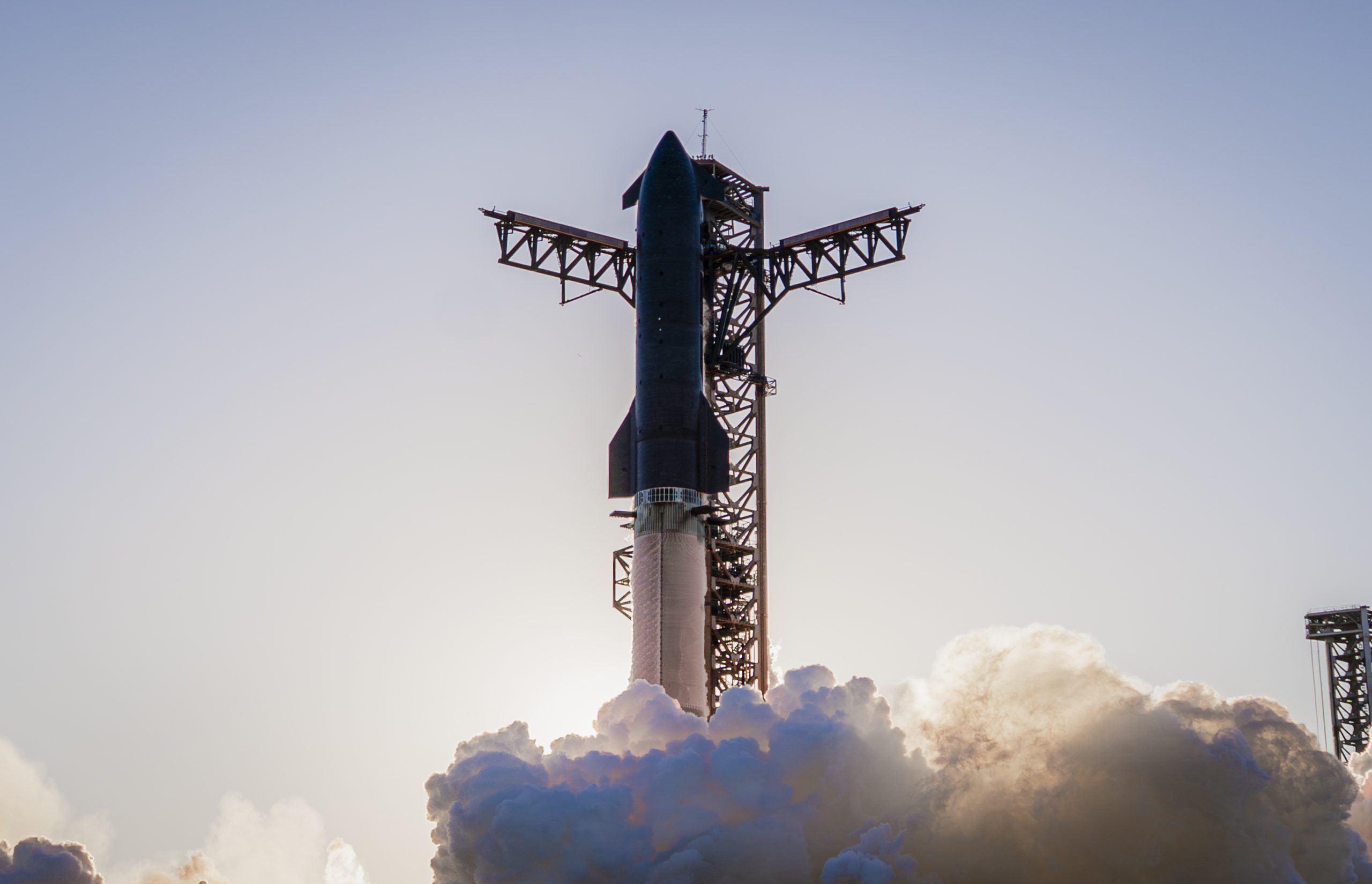
SpaceX recently shared an incredibly ambitious and bold update about Starship V3’s 12th test flight.
Despite the anomaly that damaged Booster 18, SpaceX maintained that it was still following its plans for the upgraded spacecraft and booster for the coming months. Needless to say, it appears that it will take more than an anomaly to stop SpaceX’s march towards Starship V3’s refinement.
Starship V3 is still on a rapid development path
SpaceX’s update was posted through the private space company’s official account on social media platform X. As per the company, “the Starbase team plans to have the next Super Heavy booster stacked in December, which puts it on pace with the test schedule planned for the first Starship V3 vehicle and associated ground systems.”
SpaceX then announced that Starship V3’s maiden flight is still expected to happen early next year. “Starship’s twelfth flight test remains targeted for the first quarter of 2026,” the company wrote in its post on X.
Elon Musk mentioned a similar timeline on X earlier this year. In the lead up to Starshp Flight 11, which proved flawless, Musk stated that “Starship V3 is a massive upgrade from the current V2 and should be through production and testing by end of year, with heavy flight activity next year.” Musk has also mentioned that Starship V3 should be good enough to use for initial Mars missions.
Booster 18 failure not slowing Starship V3’s schedule
SpaceX’s bold update came after Booster 18 experienced a major anomaly during gas system pressure testing at SpaceX’s Massey facility in Starbase, Texas. SpaceX confirmed in a post on X that no propellant was loaded, no engines were installed, and personnel were positioned at a safe distance when the booster’s lower section crumpled, resulting in no injuries.
Still, livestream footage showed significant damage around the liquid oxygen tank area of Booster 18, leading observers to speculate that the booster was a total loss. Booster 18 was among the earliest vehicles in the Starship V3 series, making the failure notable. Despite the setback, Starship V3’s development plans appear unchanged, with SpaceX pushing ahead of its Q1 2026 test flight target.
News
Tesla Sweden faces fresh union blockade at key Gothenburg paint shop
Allround Lack works with painting and damage repair of passenger cars, including Teslas.
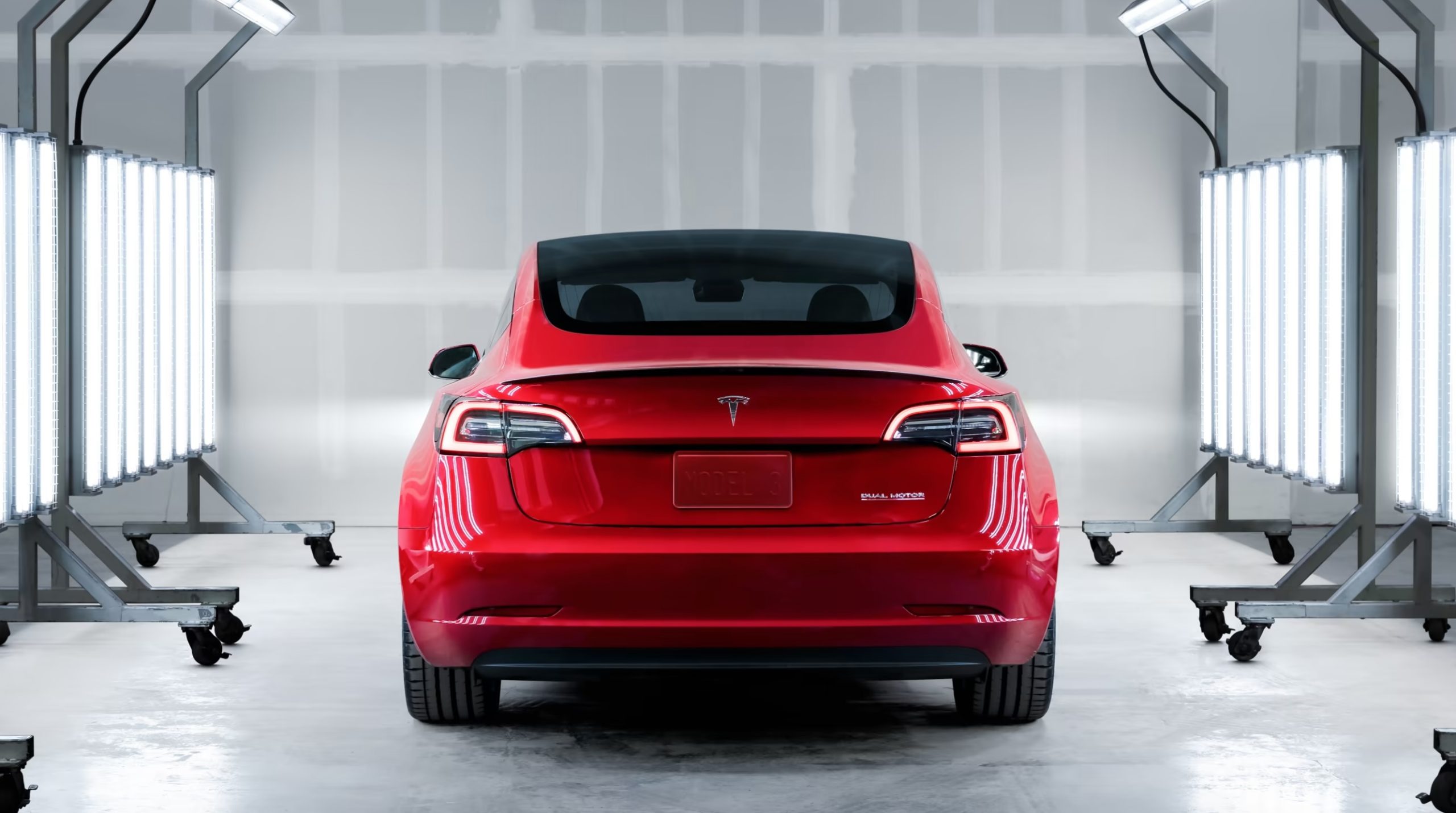
Tesla’s ongoing labor conflict in Sweden escalated again as the trade union IF Metall issued a new blockade halting all Tesla paintwork at Allround Lack in Gothenburg.
Allround Lack works with painting and damage repair of passenger cars, including Teslas. It currently employs about 20 employees.
Yet another blockade against Tesla Sweden
IF Metall’s latest notice ordered a full work stoppage for all Tesla-related activity at Allround Lack. With the blockade in place, paint jobs on Tesla-owned vehicles, factory-warranty repairs, and transport-damage fixes, will be effectively frozen, as noted in a report from Dagens Arbete. While Allround Lack is a small paint shop, its work with Tesla means that the blockade would add challenges to the company’s operations in Sweden, at least to some degree.
Paint shop blockades have been a recurring tool in the longstanding conflict. The first appeared in late 2023, when repair shops were barred from servicing Tesla vehicles. Days later, the Painters’ Union implemented a nationwide halt on Tesla paint work across more than 100 shops. Since then, a steady stream of workshops has been pulled into the conflict.
Earlier blockades faced backlash from consumers
The sweeping effects of the early blockades drew criticism from industry groups and consumers. Employers and industry organization Transportföretagen stated that the strikes harmed numerous workshops across Sweden, with about 10 of its members losing about 50% of their revenue.
Private owners also expressed their objections. Tibor Blomhäll, chairman of Tesla Club Sweden, told DA in a previous statement that the blockades from IF Metall gave the impression that the union was specifically attacking consumers. “If I get parking damage to my car, I pay for the paint myself. The company Tesla is not involved in that deal at all. So many people felt singled out, almost stigmatized. What have I done as a private individual to get a union against me?” Blomhäll stated.
In response to these complaints, IF Metall introduced exemptions, allowing severely damaged vehicles to be repaired. The union later reopened access for private owners at workshops with collective agreements. The blockades at the workshops were also reformulated to only apply to work that is “ordered by Tesla on Tesla’s own cars, as well as work covered by factory warranties and transport damage on Tesla cars.”
News
Tesla breaks Norway’s all-time annual sales record with one month to spare
With November alone delivering 4,260 new registrations, Tesla has cemented its most dominant year ever in one of Europe’s most mature EV markets.
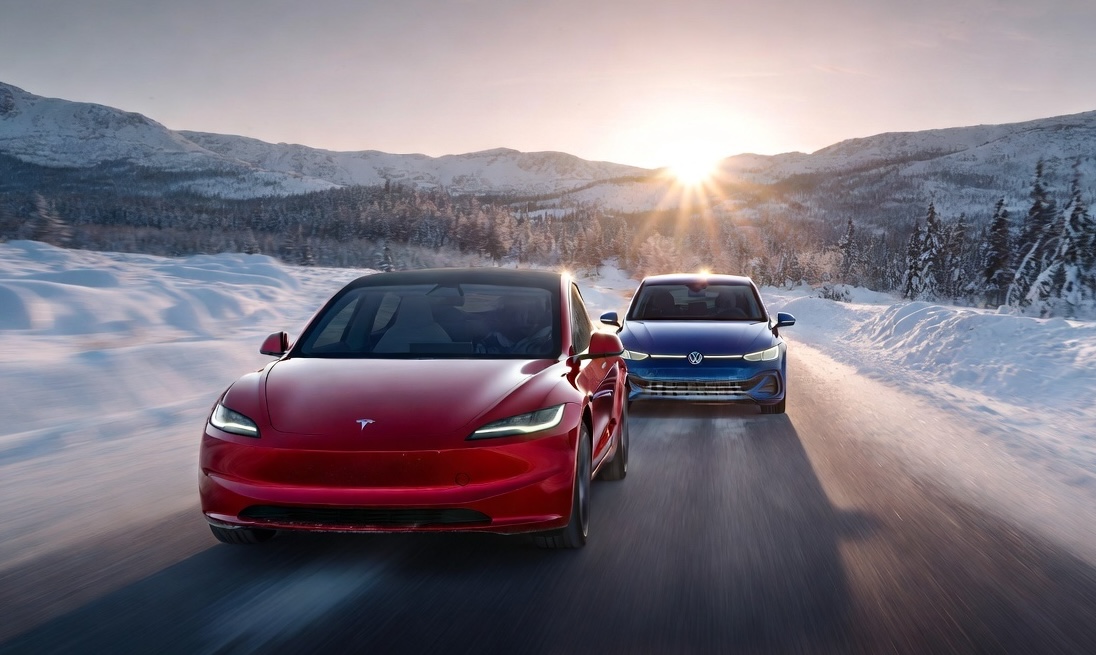
Tesla shattered Norway’s decade-old annual sales record this month, overtaking Volkswagen’s long-standing milestone with over one month still left in the year. Backed by surging demand ahead of Norway’s upcoming VAT changes, Tesla has already registered 26,666 vehicles year-to-date, surpassing Volkswagen’s 2016 record of 26,572 units.
With November alone delivering 4,260 new registrations month-to-date, Tesla has cemented its most dominant year ever in one of Europe’s most mature EV markets.
Model Y drives historic surge in Norway
Tesla’s impressive momentum has been led overwhelmingly by the Model Y, which accounted for 21,517 of Norway’s registrations this year, as noted in a CarUp report, citing data from Elbil Statistik. The Model 3 followed with 5,087 units, while the Model S and Model X contributed 30 and 19 vehicles, respectively. Even the parallel-imported Cybertruck made the charts with 13 registrations.
Demand intensified sharply through autumn as Norwegian buyers rushed to secure deliveries before the country’s VAT changes take effect in January. The new regulation is expected to add roughly NOK 50,000 to the price of a Model Y, prompting a wave of early purchases that helped lift Tesla beyond the previous all-time record well before year-end.
With December still ahead, Tesla is positioned to extend its historic lead further. Needless to say, it appears that Norway will prove to be one of Tesla’s strongest markets in Europe.
FSD could be a notable demand driver in 2026
What’s especially interesting about Tesla’s feat in Norway is that the company’s biggest selling point today, Full Self-Driving (Supervised), is not yet available there. Tesla, however, recently noted in a post on X that the Dutch regulator RDW has reportedly committed to issuing a Netherlands national approval for FSD (Supervised) in February 2026.
The RDW posted a response to Tesla’s post, clarifying the February 2026 target but stating that FSD’s approval is not assured yet. “The RDW has drawn up a schedule with Tesla in which Tesla is expected to be able to demonstrate that FSD Supervised meets the requirements in February 2026. RDW and Tesla know what efforts need to be made to make a decision on this in February. Whether the schedule will be met remains to be seen in the coming period,” the RDW wrote in a post on its official wesbite.
If FSD (Supervised) does get approved next year, Tesla’s vehicles could gain a notable advantage over competitors, as they would be the only vehicles on the market capable of driving themselves on both inner-city streets and highways with practically no driver input.








